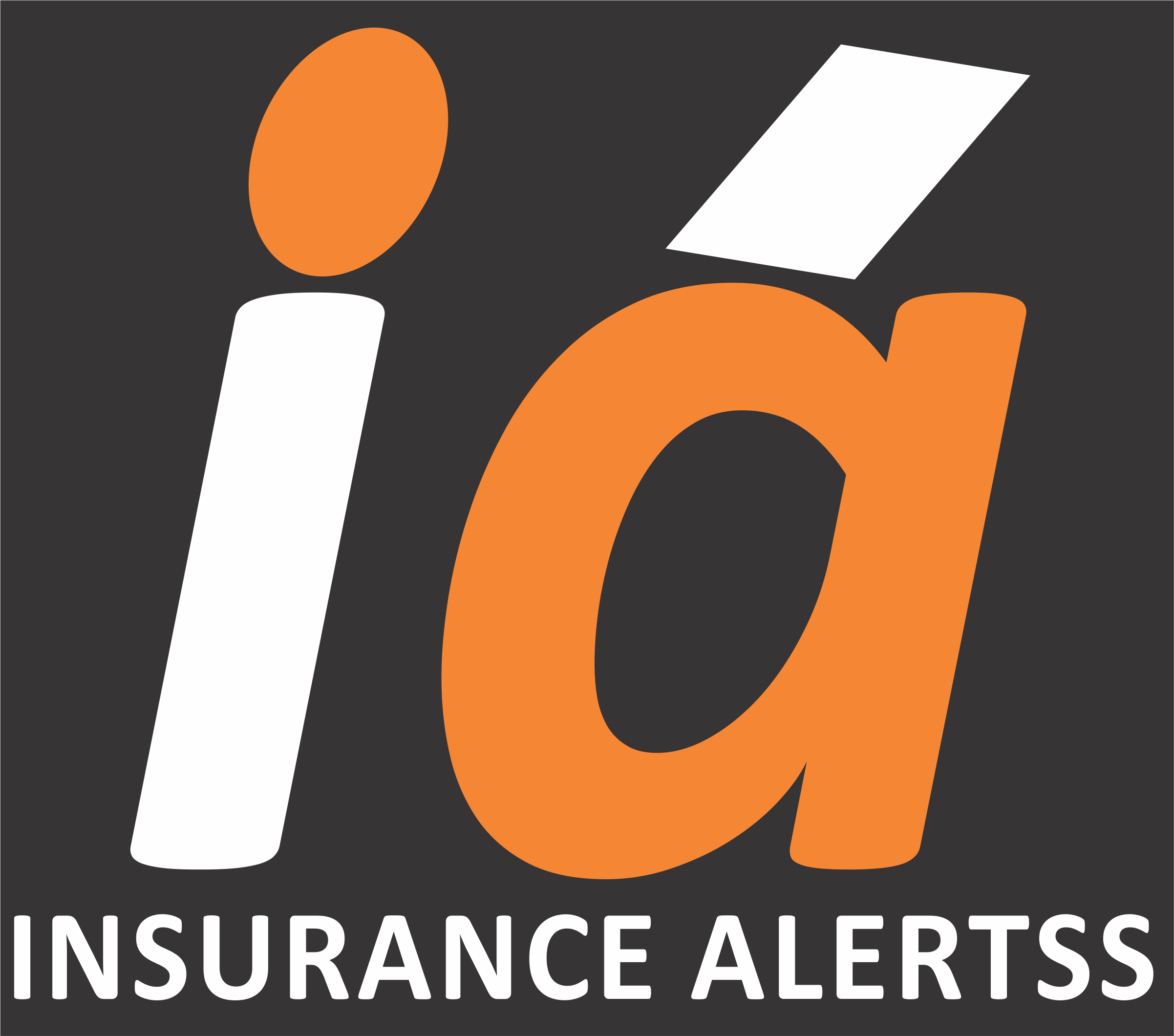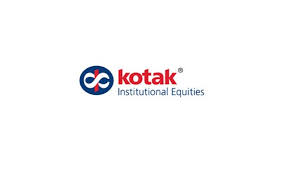 22-07-2020
22-07-2020
Mixed margin trends even as sharp VNB declines for all.

 Insurance Alertss
Insurance AlertssMixed margin trends even as sharp VNB declines for all.
1QFY21 Summary: Mixed margin
trends even as sharp VNB declines for all. Life insurers (HDFC Life, ICICI
Prudential Life and SBI Life) reported 29-43% yoy declines in VNB in 1QFY21 on
the back of lower APE. Shifting the product mix to non-par/protection expanded
margins for ICICI Life and SBI Life while a high non-par base compressed margin
for HDFC Life. Other highlights are strong expense management (a combination of
pullback in fixed and variable expenses) and lower persistency likely due to a
reprieve granted by IRDA. We retain BUY on SBI Life (FV Rs1,050) and ICICI
Prudential Life (FV Rs500) while rich valuations drive REDUCE for HDFC Life (FV
Rs560).
HDFC Life: Steep 43% yoy decline
in VNB in 1QFY21
HDFC Life reported a 43% yoy
decline in VNB in 1QFY21 on the back of 30% yoy decline in APE and 550 bps yoy
VNB margin compression. A drop in the share of protection business by 470 bps
yoy to 13.1%, led by 81% yoy decline in group protection (credit life down 74%
yoy) and 65% yoy decline in non-par savings business to 27% (high base on 51%
in1QFY20) of overall APE led to the compression. This was likely amplified by
lower operating leverage during the quarter.
ICICI Prudential Life: Low APE
growth and lower protection margin led to 35% yoy VNB decline
ICICI Prudential Life reported
35% yoy decline in VNB on the back of a 44% decline in APE. VNB margin
expansion to 24.4% (up 340 bps yoy/270 bps qoq) was driven by a decline in
share of ULIPs (down 2,760 bps yoy) and increase in the share of high-margin
protection policies (1,145 bps yoy) and non-linked policies (up 1,615 bps yoy).
However, the margin within protection was down yoy as the company did not fully
pass on hikes in reinsurance rates to its customers. Persistency of 81.8% in
the 13th month for 2MFY20 was lower than 82.5% built into its assumption,
however, the company highlighted that that the same has not yet been reflected
in its VNB margins as persistency is improving mom (82.2% in June).
SBI Life: VNB expansion tempered
by lower protection margins and interest rate fall
SBI Life reported a 29% decline
in VNB; this was driven by a 32% decline in APE. Overall APE declined, while
non-par savings were up 3.6X yoy, to 18% of APE. Protection was down 24% yoy;
individual protection was down 36% yoy. Unlike its immediate peers, SBI Life is
yet to see strong traction in the individual protection segment even as its
credit protection remained strong as SBI pushed this product to existing home
loan borrowers. Weakness in capital markets continued to pressure ULIPs (down
51% yoy). VNB margin expanded 80 bps yoy to 18.7% despite a 620 bps yoy
expansion on account of a change in product mix towards a higher share of
non-par and protection mix, the difference was largely due to a decline in
interest rates (mostly affecting non-par business) and rise in reinsurance
rates which was not passed on.
Attractive entry points for SBI
Life and ICICI Prudential Life; rich valuations for HDFC Life
SBI Life’s focus on non-par business
and HDFC Life’s diversified product bouquet augur well for superior VNB growth,
while ICICI Prudential Life will likely face challenges on the APE front. HDFC
Life (FV Rs560) continues to trade at a significant premium to peers, driving
our REDUCE rating; we find attractive entry points for SBI Life (BUY; FV
Rs1,050) and ICICI Prudential Life (BUY FV Rs500), though near-term volume
challenges persist for ICICI Prudential Life.
Steep decline in VNB in 1QFY21
- Decline in APE growth higher
for life insurers with high share of ULIPs. Life insurers reported a
30-44% yoy decline in APE in 1QFY21 owing to lower volumes due to
lockdowns and a sharp decline in ULIPs led by weakness in capital markets.
ICICI Prudential life and SBI Life with a higher share of ULIPs declined
at a faster pace compared to HDFC Life which has a diversified product
bouquet. SBI Life’s fall in APE was cushioned by strong growth in the
non-par segment while ICICI continues to remain cautious in this segment,
thereby leading to weak APE.
We
expect a 2-19% decline in APE for life insurers in FY2021E (down 2% for HDFC
Life, down 19% for ICICI Prudential Life and down 8% for SBI Life) owing to lower
volumes in 1QFY21 and pressure on ULIPs. A balanced product suite and ability
to toggle between product classes will help HDFC Life report better growth
compared to peers. SBI Life will focus on increasing non-par business (on a low
base) and cushion APE decline. ICICI Prudential Life will however face dual
challenges of lower ULIP volumes and a cautious stance in the non-par segment,
driving a steep decline in APE.
- Individual protection strong
for HDFC Life and ICICI Prudential Life; credit life relatively better for
SBI Life. Individual protection APE was up 51% for HDFC Life. ICICI
Prudential Life does not report individual protection APE on a quarterly
basis, though management attributed a significant proportion of protection
growth to the retail business. Contrary to these insurers, SBI Life’s
individual protection APE was down 36% yoy. The company’s protection
product is yet to gain traction through the agency channel.
Credit
life was strong for SBI Life compared to peers. ICICI Prudential Life and HDFC
Life saw >70% yoy decline in credit life during the quarter owing to lower
disbursements by financial institutions. SBI Life focused on cross-selling
credit life to existing customers (who had previously not opted for credit
life) and this segment saw strong traction. Management guidance suggests that
demand remains strong in this segment post the pandemic as customers display
increased risk aversion.
- HDFC Life’s growth driven by
par, while non-par strong improves for SBI Life and annuity for ICICI
Prudential Life. In the savings business, key drivers for growth differed
across players with par driving growth for HDFC Life (up 2.9X yoy) (27% of
overall APE in 1QFY21 compared to 16% in FY2020) while non-par was strong
for SBI Life (up 3.6X yoy) (18.1% of overall APE in 1QFY21 compared to
6.6% in FY2020). ICICI Prudential did not report APE mix for the
non-linked savings business, though annuity was strong for the company
(new business premium up >10% yoy). Annuity APE on an individual basis
declined ~22% yoy for HDCF Life. SBI Life reported a 59% yoy decline in
par segment.
- Impact of change in product
mix on VNB margins yet to reflect fully. VNB declined 29-43% yoy for life
insurers on the back of a sharp decline in APE. VNB margins expanded 340
bps yoy for ICICI Prudential Life, led by a sharp increase in protection
APE to 26% in 1QFY21 from 15% in 1QFY20 and decreasing share of ULIPs in
savings business; this was however partially offset by a rise in
reinsurance rates which was not fully passed on by ICICI Prudential Life
(the company however increase high margin tele-medical based protection
policies from mid-May providing some cushion to margins). Similarly, SBI
Life’s VNB margins expanded 80 bps yoy; the share of non-par savings and
protection increased to ~31% in 1QFY21 from 14% in 1QFY21. A sharp change
in product mix, however, did not fully reflect on expansion in margins
largely on account of (1) increase in reinsurance rates which have not
been fully passed on to retail customers and (2) lower operating leverage
due to sharp decline in ULIPs. A drop in VNB margins by 550 bps yoy for
HDFC Life was led by lower non-par and group protection in 1QFY21 compared
to 1QFY20. However, increasing share of the new par product and drop in
ULIPs provided some support.
We
expect life insurers to report flat to 400 bps yoy VNB margin expansion in
FY2021E thereby leading to 2-4% yoy decline in VNB. The expansion in margins
will be an interplay of (1) increase in protection mix, (2) reprised protection
product sold in 2HFY21 for ICICI Prudential Life and SBI Life, (3) gradual
improvement in operating leverage and (4) increase in non-linked savings
businesses and drop in ULIPs. HDFC Life will however likely reorient its
product mix towards higher share of par and lower share on non-par savings
thereby leading to flat VNB margins in FY2021E (on a high base).
- Bancassurance better for
HDFC Life versus others. The share of APE through bancassurance channel
declined 58% yoy (share of bancassurance down 1,285 bps yoy) for ICICI
Prudential Life and 40% yoy for SBI Life (share of bancassurance down 720
bps yoy), while it was down 18% yoy for HDFC Life (share of bancassurance
increased 300 bps yoy). The sharp increase in business through banca for
HDFC Life was driven by traction in par and term insurance products
through this channel. Normally, ULIPs are the dominant product across
banca channel and a sharp decline in ULIP volumes led to the drop in share
of bancassurance for ICICI Prudential Life and SBI Life.
Direct
and online channels reported marginal 7% yoy decline for HDFC Life (share of
these channels increased 400 bps yoy) owing to strong traction in par and term
insurance business through direct channels while it was up 29% yoy for SBI Life
led by strong growth in direct channels. Direct channel for ICICI Prudential
Life was down 46% yoy (share down 55 bps yoy).
- Persistency ratios have
declined across most players. On a sequential basis, persistency trends
were weak cross most companies. Management of most of these players highlighted
that customers utilized grace periods for renewals and as such, mom trends
are encouraging with renewals gradually picking up. Persistency trends for
most players have improved sequentially from trough levels observed in
April 2020 and early trends in July are better than June 2020. ULIP
persistency has been weak over the past few quarters and has declined
across select buckets for most players. HDFC Life’s management guided that
ULIP persistency is weaker for high ticket ULIPs. Broadly speaking, protection
persistency has held across these insurers.
We
expect persistency to remain weak in FY2021E due to a higher focus on capital
preservation by retail customers. This will likely lead to marginal negative variance
for these players.
On
a qoq basis, persistency held on relatively better for HDFC Life followed by
SBI Life (marginal increase in higher buckets), while it declined sharply for ICICI
Prudential Life (likely due to higher share of high ticket ULIPs).
- Focus on cost efficiencies.
FY2021E will see a sharp decline in APE for life insures owing to lower
volumes in 1QFY21 and weakness in capital markets driving lower ULIPs.
Amidst lower volumes, companies have increased focus on improving
cost-efficiencies by
(1)reducing/deferring discretionary expenses, (2) increasing share of
variable cost in overall cost structure, (3) pause in business expansion and
(4) renegotiation of various fixed expenses like rent. HDFC Life, which
operates at higher cost ratios compared to ICICI Prudential Life and SBI Life,
reported a sharp decline in cost/APE to 20.5% (down 815 bps yoy). Overall
expenses declined 25% yoy HDFC Life. In contrast, SBI Life’s expenses were up
3% yoy; the company operates at best-in class opex ratio and further headroom
for improvement in negligible. Despite focus on cost control, investment in
technology/digital initiatives and sourcing platforms remain high.
- Solvency ratios improved
sequentially. Solvency ratios increased for most players by 6-44% qoq in
1QFY21 led by improvement in equity markets. Capital position is
comfortable for most of these companies. HDFC Life is however consider
raising tier-II capital to the tune of Rs6 bn of strengthen capital
buffers (solvency ratio of 1.9X is lower than ICICI Prudential Life and
SBI Life at >2X) and has sufficient growth capital to drive its
protection business as risk aversion has increased among consumer post the
pandemic.
Source:Kotak Institutional Equities Research
